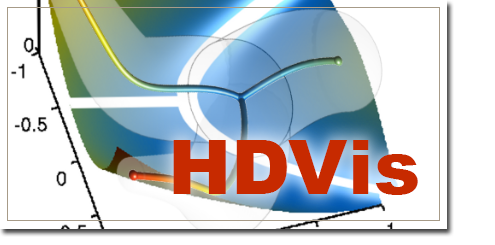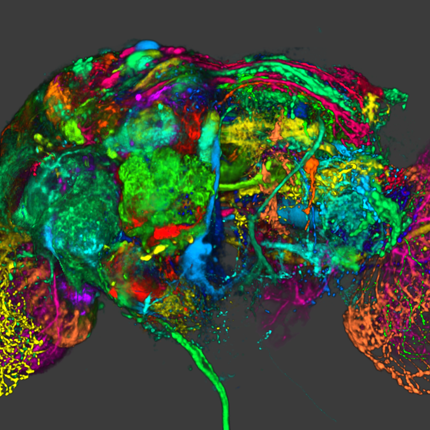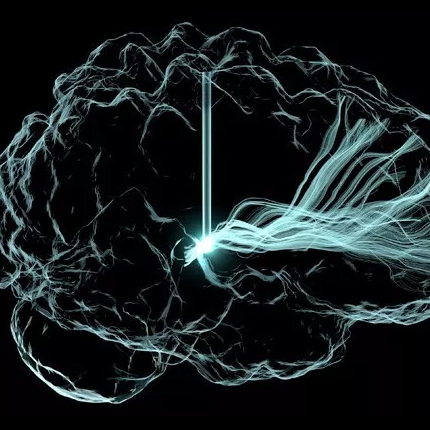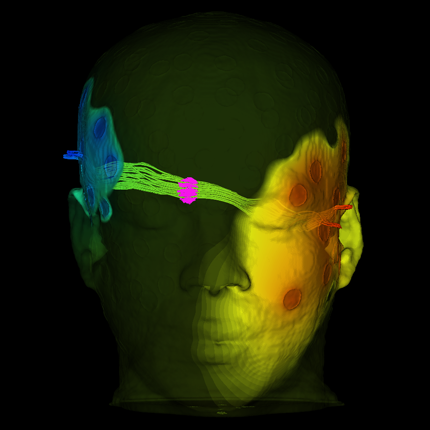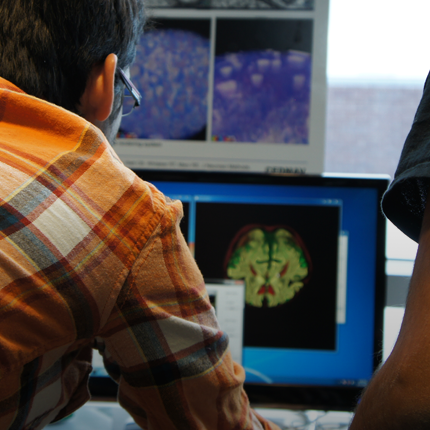Publication
Samuel Gerber, Peer-Timo Bremer, Valerio Pascucci, Ross Whitaker,
"Visual Exploration of High Dimensional Scalar Functions", IEEE Transactions on Visualization and Computer Graphics to appear, Proceedings of VIS 2010.
Full Publication
Abstract
An important goal of scientific data analysis is to understand the behavior of a system or process based on a sample of the system. In many instances it is possible to observe both input parameters and system outputs, and characterize the system as a high-dimensional function. Such data sets arise, for instance, in large numerical simulations, as energy landscapes in optimization problems, or in the analysis of image data relating to biological or medical parameters. This paper proposes an approach to analyze and visualizing such data sets. The proposed method combines topological and geometric techniques to provide interactive visualizations of discretely sampled high-dimensional scalar fields. The method relies on a segmentation of the parameter space using an approximate Morse-Smale complex on the cloud of point samples. For each crystal of the Morse-Smale complex, a regression of the system parameters with respect to the output yields a curve in the parameter space. The result is a simplified geometric representation of the Morse-Smale complex in the high dimensional input domain. Finally, the geometric representation is embedded in 2D, using dimension reduction, to provide a visualization platform. The geometric properties of the regression curves enable the visualization of additional information about each crystal such as local and global shape, width, length, and sampling densities. The method is illustrated on several synthetic examples of two dimensional functions. Two use cases, using data sets from the UCI machine learning repository, demonstrate the utility of the proposed approach on real data. Finally, in collaboration with domain experts the proposed method is applied to two scientific challenges. The analysis of parameters of climate simulations and their relationship to predicted global energy flux and the concentrations of chemical species in a combustion simulation and their integration with temperature.
